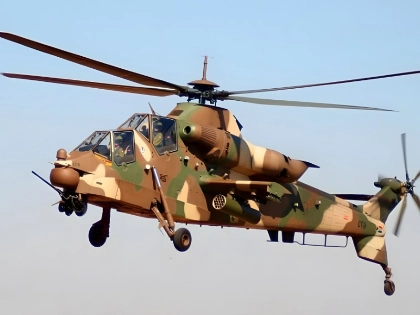These Jaw-Dropping Military Vehicles Will Blow Your Mind
1. Russia's Tupolev Tu-160
Producer: Tupolev, Kazan Aircraft Manufacturing Association
Main Users: Air Force of Russia
Program Cost: $1.236 billion (FY2006)
Unit Cost: $34.33 million
The Tu-160, developed by Tupolev and manufactured by the Kazan Aircraft Manufacturing Association, holds the title of the largest and heaviest Mach 2 supersonic aircraft ever constructed. Following the XB-70 Valkyrie, it is also the second-longest aircraft in history. This heavy strategic bomber features variable sweep wings, allowing it to adapt to various flight conditions and enhance its performance.
First deployed by the Soviet Union in the late 1980s, the Tu-160 has since become a key component of the Russian Air Force's strategic capabilities. Its design not only emphasizes speed and range but also incorporates advanced avionics and weaponry, making it a formidable asset in modern aerial warfare.
In conclusion, the Tu-160 represents a significant achievement in military aviation, combining impressive size, speed, and versatility. Its ongoing use by the Russian Air Force underscores its importance in maintaining strategic deterrence and operational readiness.

The upgrade initiative for the Tupolev Tu-160 began in the early 2000s, aimed at enhancing its capabilities and extending its operational lifespan. By 2014, the first upgraded Tu-160 was successfully delivered, showcasing significant improvements in avionics, systems, and weaponry.
Out of the thirty-seven Tu-160s still in service, twenty-seven are series aircraft, reflecting the continued relevance of this strategic bomber in modern military operations. In 2018, the Russian President proposed the intriguing idea of converting a Tu-160 into a civilian aircraft, although the feasibility of such a transformation remains uncertain.
In conclusion, the ongoing upgrades and proposed adaptations of the Tu-160 highlight its versatility and the strategic importance placed on this aircraft within the Russian military framework. As it evolves, the Tu-160 continues to play a critical role in both defense and potential future applications.







